Speaking Paintings
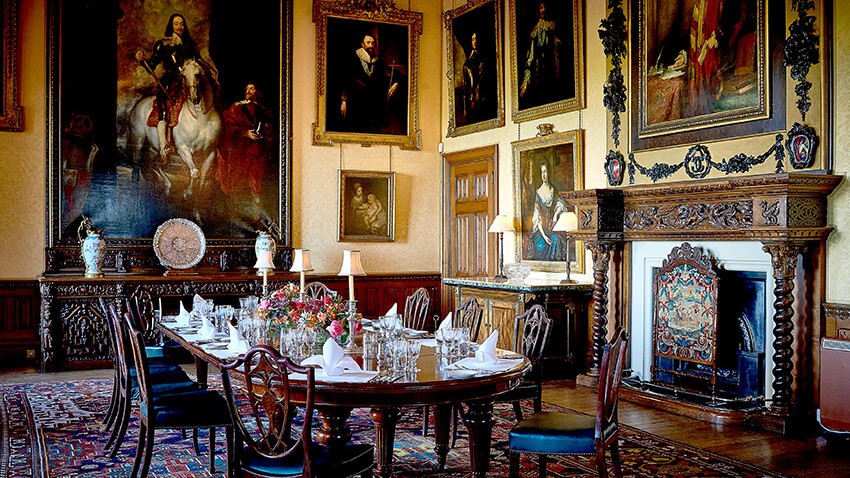
Speaking Paintings
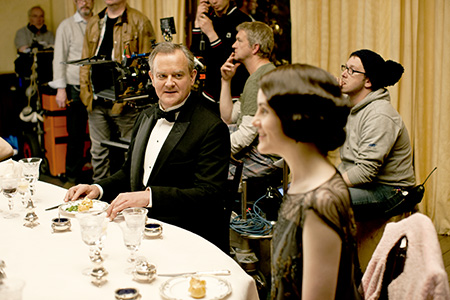 Standing in the Dining Room you could be either at Highclere or in Downton Abbey. Almost nothing was changed in the room for filming. There are the polished dining table, the chairs, the familiar yellow silks on the walls and, as you look around you, the portraits.
Each painting has its own story and most of them depict Geordie’s ancestors. However, the most extraordinary portrait, and the one which dominates the room, is no relative at all but that of a king: Charles I. Painted in about 1633 by Antony van Dyck every brush stroke imparts information.
Standing in the Dining Room you could be either at Highclere or in Downton Abbey. Almost nothing was changed in the room for filming. There are the polished dining table, the chairs, the familiar yellow silks on the walls and, as you look around you, the portraits.
Each painting has its own story and most of them depict Geordie’s ancestors. However, the most extraordinary portrait, and the one which dominates the room, is no relative at all but that of a king: Charles I. Painted in about 1633 by Antony van Dyck every brush stroke imparts information.
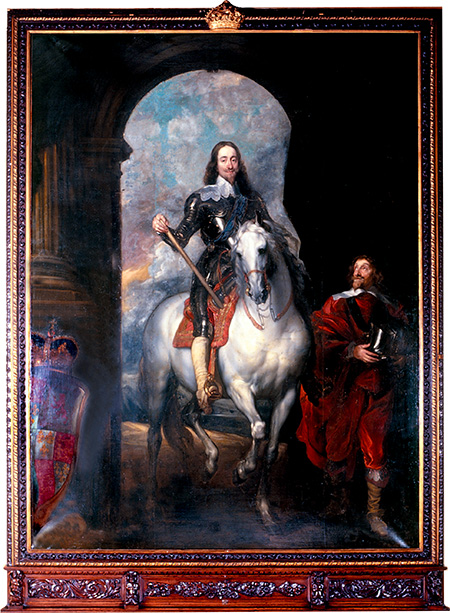 The king is portrayed as calmly managing a fiery prancing horse whilst the master of horse looks up at him in admiration. He is dressed both as a king wearing armour ready for battle and as a chivalric knight wearing the blue sash of the Order of the Garter, an honour begun by his ancestor, King Edward III, nearly 300 years before Charles I was born.
He is framed by a Roman triumphal arch which conventionally commemorates victorious generals - essentially an arch was built by emperors to celebrate themselves – which associates him with the grandeur of a Roman Emperor. The Royal shield and coat of arms are propped prominently at the base of it just to drive the message home.
The king is portrayed as calmly managing a fiery prancing horse whilst the master of horse looks up at him in admiration. He is dressed both as a king wearing armour ready for battle and as a chivalric knight wearing the blue sash of the Order of the Garter, an honour begun by his ancestor, King Edward III, nearly 300 years before Charles I was born.
He is framed by a Roman triumphal arch which conventionally commemorates victorious generals - essentially an arch was built by emperors to celebrate themselves – which associates him with the grandeur of a Roman Emperor. The Royal shield and coat of arms are propped prominently at the base of it just to drive the message home.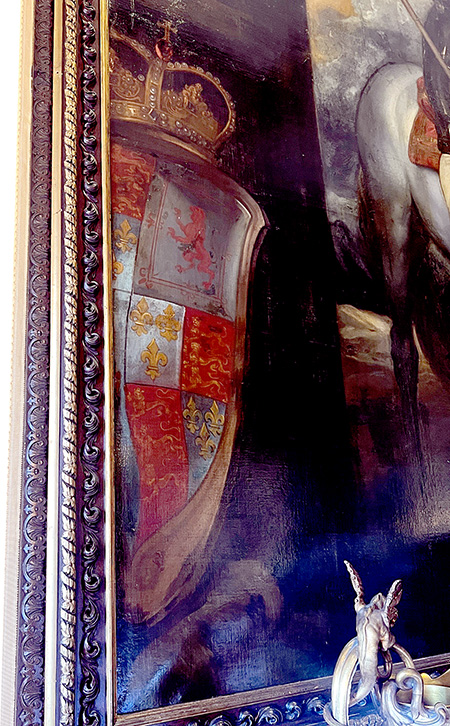 He is the ruler. He is also almost entirely alone, appropriate given he believed that his birth and very being imbued him with the divine right of Kingship: a right to rule, a right to direct his country and a right to sit in judgement on all. As a result, Charles I had dispensed with Parliament believing he required neither its advice nor its consent and from 1629 he did not call another one for 11 years, making clear his distaste for dealing with Parliament and his belief that the royal prerogative allowed him to rule and to raise money or go to war without it.
The strength of his opinions was matched by Parliament's insistence that it most certainly did have a necessary role in Government, particularly in the granting of taxes to the Crown and in redressing the grievances of those ruled by the King. By 1641 the king and parliament were tumbling towards a fundamental point of no return with endless smaller skirmishes until August 1642 when Charles I raised an army expressly against the wishes of Parliament ostensibly to deal with a rebellion in Ireland.
The first battle of the English civil war took place at Edgehill in October 1642 and neither the Royals nor the Parliamentarians gained any clear advantage. Nearly a year later the 1st Earl of Carnarvon would die at the first Battle of Newbury fighting on the King’s side. Gradually the Parliamentarians took the lead with Charles stubbornly refusing to listen to his generals or take any advice.
He is the ruler. He is also almost entirely alone, appropriate given he believed that his birth and very being imbued him with the divine right of Kingship: a right to rule, a right to direct his country and a right to sit in judgement on all. As a result, Charles I had dispensed with Parliament believing he required neither its advice nor its consent and from 1629 he did not call another one for 11 years, making clear his distaste for dealing with Parliament and his belief that the royal prerogative allowed him to rule and to raise money or go to war without it.
The strength of his opinions was matched by Parliament's insistence that it most certainly did have a necessary role in Government, particularly in the granting of taxes to the Crown and in redressing the grievances of those ruled by the King. By 1641 the king and parliament were tumbling towards a fundamental point of no return with endless smaller skirmishes until August 1642 when Charles I raised an army expressly against the wishes of Parliament ostensibly to deal with a rebellion in Ireland.
The first battle of the English civil war took place at Edgehill in October 1642 and neither the Royals nor the Parliamentarians gained any clear advantage. Nearly a year later the 1st Earl of Carnarvon would die at the first Battle of Newbury fighting on the King’s side. Gradually the Parliamentarians took the lead with Charles stubbornly refusing to listen to his generals or take any advice.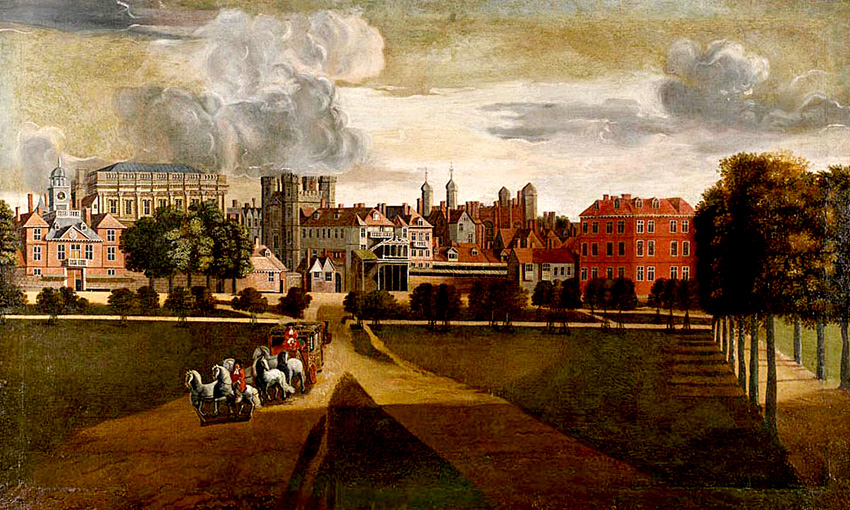
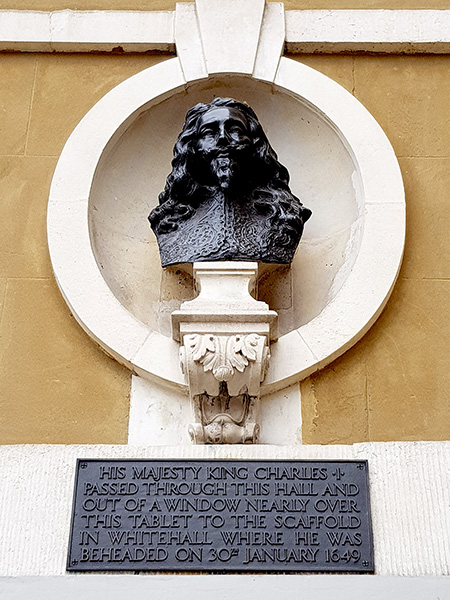 Eventually in 1647, Charles I was left with no other option but to try to negotiate some sort of compromise from his base on the Isle of Wight but it was too late. By now the Parliamentarians, and their army demanded he was put on trial and despite his “divine right”, he was judged and executed on January 30th 1649. The time of Oliver Cromwell as " Lord Protector" began.
A scaffold was erected in front of the Banqueting House in London at first-floor level, high above the thousands of spectators. Today the spot where he died is commemorated by a bust of the king with an inscription which reads:
"His Majesty King Charles I passed through this hall and out of a window nearly over this tablet to the scaffold in Whitehall where he was beheaded on 30th January 1649."
Perhaps parts of this story could have been foretold if the painting at Highclere had been asked at the time: hubris and nemesis. Following the death of Oliver Cromwell, however, Charles I's son returned to reclaim his father's crown and thus became King Charles II. Albeit, the balance of power had irrevocably changed: it was now a constitutional monarchy .
Eventually in 1647, Charles I was left with no other option but to try to negotiate some sort of compromise from his base on the Isle of Wight but it was too late. By now the Parliamentarians, and their army demanded he was put on trial and despite his “divine right”, he was judged and executed on January 30th 1649. The time of Oliver Cromwell as " Lord Protector" began.
A scaffold was erected in front of the Banqueting House in London at first-floor level, high above the thousands of spectators. Today the spot where he died is commemorated by a bust of the king with an inscription which reads:
"His Majesty King Charles I passed through this hall and out of a window nearly over this tablet to the scaffold in Whitehall where he was beheaded on 30th January 1649."
Perhaps parts of this story could have been foretold if the painting at Highclere had been asked at the time: hubris and nemesis. Following the death of Oliver Cromwell, however, Charles I's son returned to reclaim his father's crown and thus became King Charles II. Albeit, the balance of power had irrevocably changed: it was now a constitutional monarchy .
41 Comments
I enjoyed the history. More like this, thank you.
fondly Jenny
Please share some of the other stories of the art in Highclere. Sometimes there is a story in the acquisition of this or that. So interesting. Thank you for sharing and for the history lesson. For us Americans, all the kings tend to blend together except we do single out your King George III.
I think George III stole the show in the Hamilton musical!
This is fascinating. Thank you!
Wonderful history, thank you!
Having been on a tour of Highclere and viewing the paintings, I love your blog on these magnificent treasures. Thank you.
Your knowledge is never-ending .... such a joy to read all your so called 'blogs'. One gains
much more than plodding through history books which become so dull when filled with
almost too much information. Diana.
What a beautiful Art Museum Highclere Castle is and a fantastic History Educator you are Lady Carnarvon!
Thank you for another informative and entertaining Monday Morning Blog. Beautiful photos again and interesting English history.
Lady Carnarvon,
Such an interesting recap of Charles I and his attempt at control of a country - one of many attempts through history at domination by one who failed in the end. The painting, however, is both educational and beautiful - a reminder of undeserved power. Happens way too often!!
Thank you for interpreting it.
Martha G.
History continues with such attempts ..
Lovely picture of speaking of pictures and did you and lord Carnarvon have a nice weekend and l am of Downton Abbey and lovely the visiting to highcelere castle
Lady Carnarvan, I am currently reading the captivating book you authored "The Earl and the Pharaoh". I received my "Highclere at Christmas" book today, also authored and lavished with such wonderful pictures. I am wondering if you have already (or plan to) authored a book on the art and other displayed treasures at Highclere. I will never tire of history and enjoy piecing together the chronology of the ages through representative art such as how you have done with the magnificent display you have shared today. I wish I had drank more in during my visit in December to Highclere Castle. It being my first visit to Highclere, I was quite frankly taken in by the mass amount of love you exuded for your home, as well as the vast amount of museum quality art, family memorabilia and of course the performance of Gerald Dickens, which I hope to repeat upon a return visit. Thank you for making my very first to England so enchantingly memorable. You are quite a Lady, Historian, and Hostess.
Thank you Sincerely.
Donna Conte
You are very kind
wonderful art work from the best .
Thank you for sharing you gorgeous home and providing such interesting history about it and the surrounding area. Have noticed this painting and wondered about it. History is truly fascinating and Highclere has so much to offer and learn from.
Who is the man in red running alongside King Charles I?
He is his master of horse.
As a docent at Fort Worth’s Kimbell Art Museum I find history fascinating when approached through art. Thank you for today’s background on the Van Dyck painting and Charles I. You would make an excellent docent, but then, I guess you are for Highclere!
Yes - or as the English say a guide!! I think docent comes from the word to teach and guide is to show the way, to lead...
Lady Carnarvon, which room has the green silk wallpaper? It is what I remember most about my visit nearly 10 years ago.
It's the Drawing Room
Thank you!
Not going to look at January 30th the same way from now on! 375 years ago, it is not really that long ago. All that hubris…
So I was curious, as this particular painting was made in 1635, Highclere was built in 1679 and then was inherited in 1706 by R.S. Herbert via his mother; what was this particular painting doing between 1635 and 170x when Herbert began his “portrait collection?”
Highclere goes back to 749AD or perhaps a little before ... Robert Herbert brought it over from Wilton early 18th century we believe
Please do tell us more about the other paintings in the dining room! I would also like to hear about the silver plate collection and the china and serving pieces. Highclere is such a treasure and I love that you are sharing it with us!
I visited Highclere Castle last April and enjoyed touring all of the rooms available to see. The dining room is very inviting and the portrait of King Charles I has always been a prominent figure in the dining room scenes of Downtown Abbey. It's very impressive to see in person, and knowing its history makes it all the more special. Thank you for sharing, Lady Carnarvon. Best wishes from San Jose, California!
Thank you - it is rather amazing just in a Dining Room!
Excellent history lesson
Not a great fan of Charles I, but even less of a fan of Cromwell as his armies destroyed the Hume castle in Berwickshire Scotland!
Great fan of history, thank you!
Thank you for your insightful explanation of this period in history. Fascinating!
Thank you for drawing me into the past at Highclere, with your storytelling blog. The recount of time and time again, of the stepping out of the boundaries of our human nature, thru Antony van Dyck of Charles I with M. de St Antoine brush strokes, inspired and engaged me this 'snowy morning' in US!
Thank you
Thank you for today’s historical summary
My question is, where was the painting kept during the period of Oliver Cromwell’s power? Was it still in display in the dining room?
It was hidden away propping a barn door - or that is the story!!!
WOW! That's quite a story! Very, very interesting; I loved reading it!
Dear Lady Carnarvon,
I love this painting and very similar ones that I’ve seen in other UK castles and palaces. If I’m correct, I think Anthony van Dyck painted 6 of these, each one slightly different?
How long has Highclere Castle had the painting and why was Highclere the lucky recipient of this particular painting?
Kind regards,
Kim Daniels.
It was commissioned by the Herbert family at the time - ie around 1633
Dear Lady Carnarvon,
The painting of Charles I is amazing. I always find it very interesting when various pieces of a portrait are there to strengthen the majesty of the subject. Thank you for the information on the painting and the King. Take care.
Susan
So wonderful the age of that huge painting of the ever-resplendent King Charles. I love hearing about it and share some of the history of that time as my family was located near Taunton and joined into the war on the King's side. He was eventually locked up in the Tower of London for over a year, but was released to return to his estate only to die of the horrible treatment he had received while incarcerated. Amazing times! Thank you so much for sharing your thoughts.
You are kind
Lady Carnarvon..........love the portrait of Charles I. Your explanation of the of the history around that time was captivating. You have so many beautiful paintings in Highclere. Would you ever consider writing a book with the history of each painting? Who is the woman in the portrait above the grand staircase?
Good evening- there is some explanation in the guide book
Beautiful paintings, thank you. I am so glad King Charles the First is restored and in a splendid position in the dining room. I am seeing blog this on January 29th, in Texas. The anniversary of that fearful and fateful day will come to Highclere sooner than here but I will remember that King in my prayers tonight. Tahnk you for your care of thee treasures. You were much discussed at Dinner last night with my son who follows you on other socail media. One day we will come home and go to Highclere to see The King and "Y'All ! in person!
Look forward to it!
Very interesting article on the painting of King Charles 1, I am sure many people would enjoy hearing the story of how and when the painting came to Highclere and these days it is on display in your dining room.
Your weekly updates are very informative and explain so much about the issues of managing such a large property.
Please keep issuing your weekly messages, they are enjoyed by many people worldwide.
Pamela
Gold Coast, Queensland, Australia January 30, 2024
How very kind thank you
How interesting! Thanks so much for sharing!
Another interesting informative blog post. Thank you.
We are visiting on May 4th! I am super excited. Your blog is so enlightening and I’m sure I’ll recognize many things!
Thank you,
Linda
Upstate New York
USA
See you then
Some really fantastic old pictures there but are you adding new ones to continue the history of your wonderful pile (old meaning of pile for our American friends). I do hope so.
We do sometimes add if we can..
What a fascinating look at the history of the painting. I always learn so much reading your column. Do you plan to give the history of other paintings at Highclere? I, for one, would love it. Would you consider doing a book on the other paintings?
Thank you Linda, yes I will discuss some of the other paintings at some point. Thank you for suggesting a book too.
Madam Carnarvon,
Surely, it is indeed an honor and a pleasure to learn some of the history of your great nation, I am obliged and most eager to learn more via the internet and in person again. There is only so much time to do so and the time you take out to 'enlighten' the masses such as myself is very much appreciated with much gratitude.
Lady Carnarvon, I will never get tired of you writing about the history of Highclere Castle. Always so interesting. Thank you to the max. Your the best! Cheryl
So wonderful to learn about that beautiful portrait!! I just loved my visit to Highclere with my mother. She knew much more about your families history than I . You are living in such beauty encapsulated by incredible history.
Thank you for sharing!
Thank you for sharing this bit of history from Highclere. Such treasures you share with us.
I always enjoy your writing, even though I don’t always read them on Monday!
I took your advice and bought a beautiful Audubon calendar to enjoy the beauty of nature daily.
Thank you for the beauty and the knowledge you share from Highclere.
Dear Lady Carnarvon, thank you for this fascinating post on the Van Dyke painting of Charles I. As it happens, a few years ago I bought a large diamond-shaped “lozenge” painting of Charles I from the early 1700s. His small portrait in the Center is surrounded by the coats of arms of his supporters in the Civil War. I’ve not been able to identify any of the arms until now…having read your post, I went looking for the arms of the Earls of Carnarvon and found two actually…one has a a crescent moon above the three lions while the other just has the lions. It is wonderful to now know more about my own painting thanks to your post!
How interesting
Dear Lady Carnarvon:
Thank you for this Monday's blog.
I enjoyed reading the brief English history lesson and looking at the accompanying artwork and pictures.
Until next time.
Perpetua Crawford
Leave a Comment
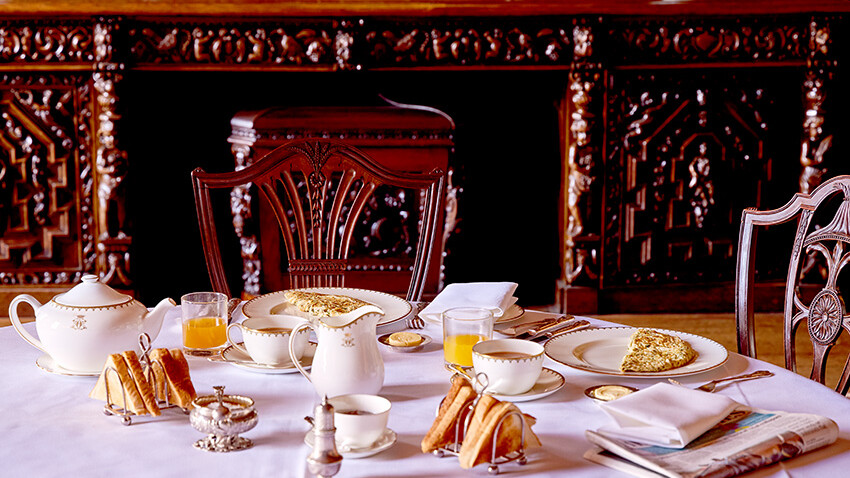
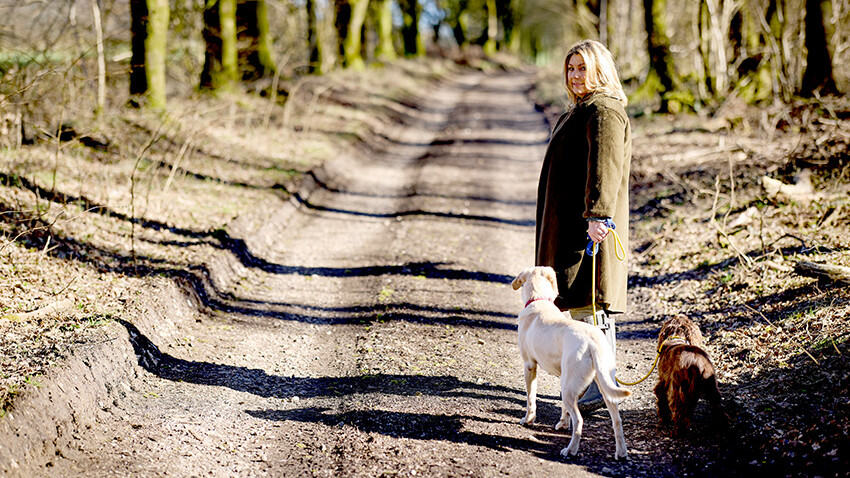
- Christmas
- Community
- Dogs & Horses
- Egypt & Tutankhamun
- Entertaining
- Farm
- Filming
- Gardens
- History & Heritage
- Daily Life
- Royalty
- Cooking
- Interiors
- Heroes
- Architecture
- Cars
- Conservation
- Downton Abbey
- Events
- Gardens & Landscape
- Highclere Castle Gin
- History
- Planes
- Restoration
- Stories & Books
- Uncategorized
- Visitors
- Wildlife

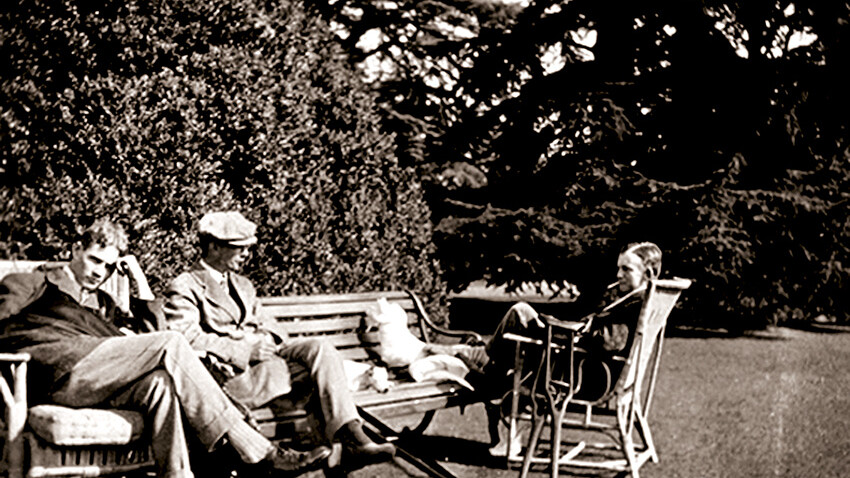
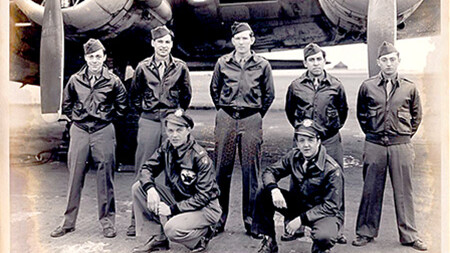
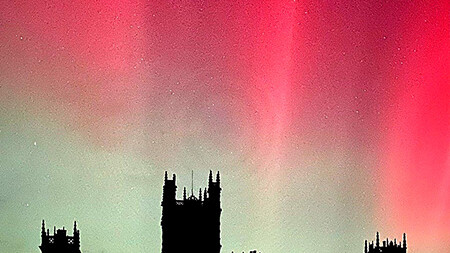
Thank you for this explanation ..... after all these years, I keep watching all the reruns and usually always learn something new about a scene.